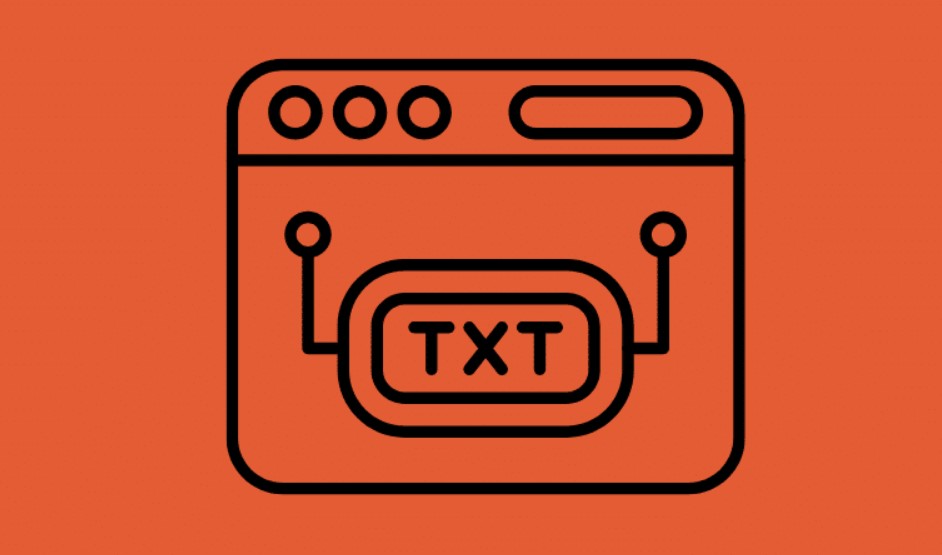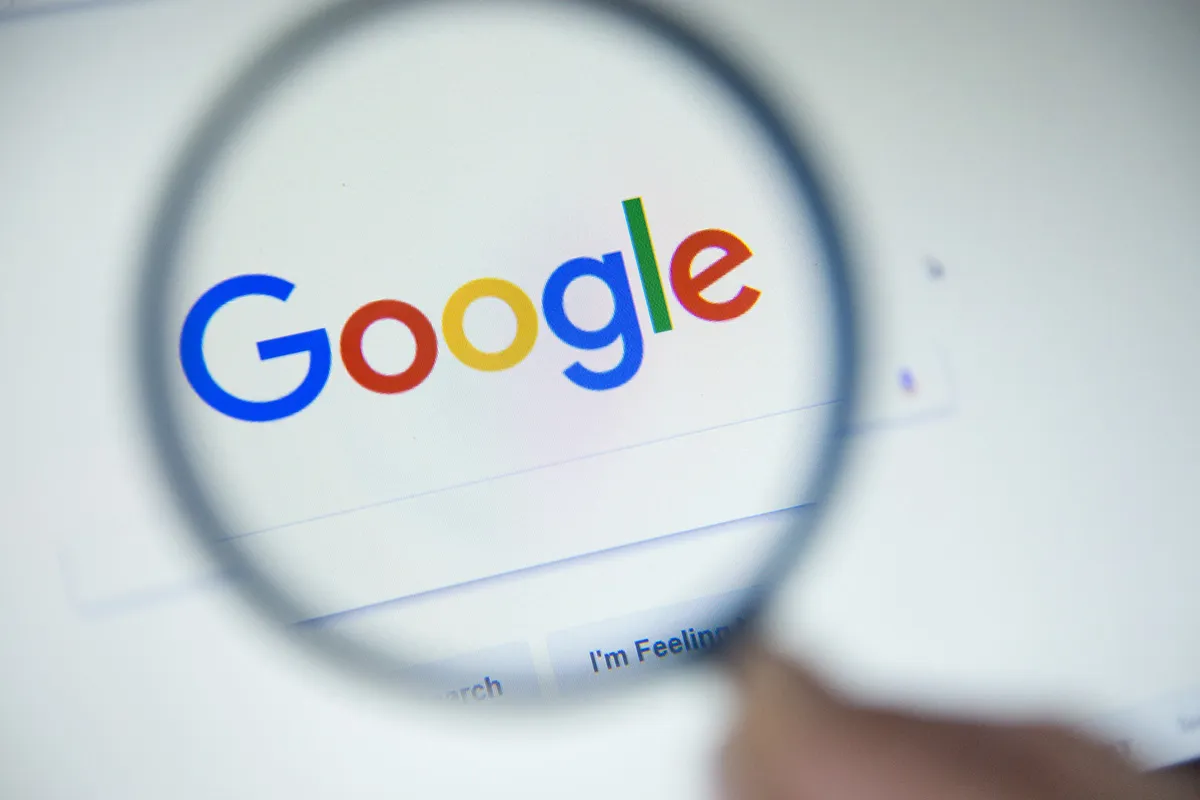Published by NewsPR Today | September 2025
Digital marketing is no longer just one area of work. It has become a connected system that includes content, advertising, data, performance, and customer experience. What worked a few years ago often feels outdated, and the pace of change is only increasing.
By 2025, marketing will involve more than just creating keyword-rich blogs and running a few social media advertisements. It involves designing experiences that are appropriate for every platform, giving each interaction purpose, and remaining adaptable as privacy regulations, content formats, and algorithms evolve.
By 2030, the most prosperous brands will blend human storytelling with technology. They will make efficient use of data and tools while maintaining a personalised and interesting client experience. This article outlines the significant shifts that are already taking place and demonstrates what marketers must do right now to remain competitive.
2025 and Beyond: The Major Forces Reshaping Digital Marketing
Smarter Ad Campaigns
A lot has changed in advertising. Manual campaign management is no longer used. Rather, technology now continuously adjusts to the behaviour of audiences. Systems can adapt in real time to what is and is not working, from targeting and bidding to testing innovative ideas.
Ad networks have the ability to automatically alter calls-to-action, headlines, and images in response to the responses of various audience segments. Hundreds of ad variations, each targeted at a particular customer type, can be run simultaneously by even small businesses.
With this strategy, marketers can make better use of their budgets and convey more powerful messages. Relying on broad generalisations is less necessary. Campaigns can instead concentrate on actual intent and behaviour, changing to suit the audience.
Related Article: Google Launches August 2025 Spam Update: Improving Search Quality and Tackling Spammy SEO Strategies
The New Approach to Paid Media and Programmatic Buying
Paid advertisements run the old-fashioned way are no longer as effective. Predictive tools are now used by platforms to purchase ad space at the ideal moment and location. This minimises wasteful spending while assisting advertisements in reaching the appropriate audience.
Marketers now make decisions based on context and behaviour in real time rather than broad categories. Although spending is automated, strategy is still crucial. It takes careful planning and constant tweaking to know when and where to reach users.
The cost per click continues to rise along with the level of competition on these platforms. Every impression matters for brands. Long-term customer value and outcomes are more important for success than clicks alone.
Answer Engine Optimization: The Rise of New Search Behavior
How Search Is Changing
Search has changed. Keyword optimisation alone is no longer sufficient. These days, platforms prioritise offering concise responses and summaries. Content must conform to these new formats in order to be found online.
These days, people do more than just enter queries into search engines. They use images, communicate with smart devices, and search other platforms for solutions. Additionally, they place greater trust in influencers than in conventional brand messaging.
Being at the top of search results is no longer the only objective. Brands must be included in the solutions that consumers seek. This could be done through a featured snippet, a product listing, or a video. To adapt to these changes, marketers must reconsider the way they produce, arrange, and display content.
Video, Creators, and the Power of Immersive Content
The Power of Short-Form Video
Video isn’t just a fad anymore. It is now a crucial strategy for audience engagement. The way people consume information has changed as a result of platforms like YouTube Shorts, Instagram Reels, and TikTok. These formats are brief, visually appealing, and highly successful at maintaining viewers’ interest.
According to research, the majority of people now prefer watching videos about products over reading text. One-minute demos, brief five-second explainers, or behind-the-scenes videos can all fall under this category. Even though the video is promotional, the most effective campaigns make viewers want to watch by fusing entertainment with helpful information.
Marketers who used to rely on static ads or simple image posts are now experimenting with motion, sound, and storytelling. The goal is not just to go viral. It is about staying visible and relevant in a fast-moving online world.
The New Age of Influencers and Creators
Influencers are more than just spokespersons these days. These days, they serve as distribution channels, creative collaborators, and occasionally even product designers. Audiences no longer follow influencers in the same way. Celebrities and extremely polished content are becoming less popular. They favour voices that seem familiar, relatable, and genuine.
Because of this change, micro- and nano-influencers are now more crucial than ever. Although their audiences are smaller, these creators have closer relationships with their fans. They contribute cultural relevance, authenticity, and trust—qualities that are essential for any brand.
Reach is not the only goal of successful campaigns. They allow content creators to share their work in their own voice, foster dialogue, and involve communities. These campaigns, when executed effectively, produce more engagement than conventional advertising.
Social Commerce and Platform Diversification
From Social Feed to Checkout
Social media is no longer just for browsing. By 2025, many platforms have become complete shopping hubs. People can discover products, read reviews, and make purchases without leaving the app. Social feeds have turned into digital storefronts, and content now drives real results.
Live shopping, interactive stories, and posts that let users buy directly are becoming normal. Brands that use these features well can turn engagement into measurable sales.
To succeed, marketers need to create a smooth path from seeing a product to completing a purchase. Any confusion or delays can make people leave, so the process must be simple and easy to follow.
Reaching Beyond the Big Three
Facebook, Instagram, and YouTube still have huge followings. But the cost of advertising on these platforms keeps going up, and many people are starting to tune out repetitive ads. That’s why more brands are starting to explore other places to connect with their audience.
Newer or growing platforms like Threads, X (which used to be called Twitter), Pinterest, and LinkedIn are becoming important tools. These channels offer different ways to reach people and speak to smaller, more focused communities.
Trying out new platforms isn’t just about cutting costs. It’s also about showing up where your audience actually feels at home. Each platform has its own style, tone, and way of working. What feels right on Instagram may not work the same way on LinkedIn.
The best results come from creating content that fits the platform, not copying the same post across all of them.
Privacy, Ethics, and Data in a Cookieless World
Moving from Demographics to Behavior
Privacy rules have become stricter around the world, and people now care more about how their personal data is used. Because of this, marketers can no longer rely on things like age, gender, or location to target their audience.
Instead, the focus has shifted to how people behave online. Brands now pay attention to what people click on, how long they stay on a page, what type of content they interact with, and the actions they take. This gives a clearer picture of what someone is actually interested in.
This change requires more thoughtful planning. Marketers need to understand what their audience is doing, not just who they are on paper.
Collecting data directly from users, with clear permission, has become essential. This includes things like email signups, purchases, or feedback. It is also important to be open about how that data is used.
Being transparent helps build trust. And in today’s digital world, trust is what helps brands create strong, lasting relationships with their customers.
Grow a Community, Not Just a Campaign
People today want more than just a product or a service. They want to feel connected. They want to support brands that share their values and make them feel included.
The most successful businesses understand this. They don’t just advertise. They build communities where people feel welcome, listened to, and respected.
To do this, marketers need to stop only talking at people. Instead, they should talk with them. This means replying to comments, asking for feedback, joining discussions, and being part of the conversation.
It also means paying attention to what people are saying online. When a brand listens and responds in real time, it shows they care. This helps them stay relevant, connect with people on a deeper level, and even turn customer stories into powerful content.
In the end, the brands that build strong relationships will go further than those that only focus on pushing out ads.
The New Marketing Equation: Performance, Storytelling, and Trust
| Trend | Description | Impact on Digital Strategy |
|---|---|---|
| Campaign optimization | Automated bidding, testing, and targeting at scale | Higher returns, lower wasted spend |
| Short-form content dominance | Quick videos and motion graphics driving most engagement | Must-have for social visibility |
| Rising ad costs | Increasing CPM and competition across major networks | Necessitates budget reallocation |
| Content built for answers | Structure tailored for summarized results and voice-based search | Improves brand presence across formats |
| In-platform shopping | Direct checkout from social content | Higher conversion and retention |
| Personalization by behavior | Real-time adaptation based on context and browsing patterns | Stronger loyalty, better user experience |
| Influence through creators | Campaigns rooted in community and shared identity | Deeper connections, better reach |
| Platform diversification | Expanding beyond Meta and Google into niche ecosystems | Broader reach and cost efficiency |
| Ethical data practices | Consent-focused and compliant engagement strategies | Brand credibility and regulatory safety |
| Live and interactive formats | Two-way content such as livestreams and polls | More engaged, emotionally invested audiences |
Final Perspective
The future of digital marketing isn’t just about adopting new tools. It’s about rethinking the way brands earn attention, earn trust, and earn loyalty.
Performance and creativity must go hand in hand. Technology must serve human connection, not replace it. And above all, brands must commit to transparency, relevance, and adaptability as core principles—not afterthoughts.
Between now and 2030, success will belong to those who create value at every touchpoint, not just impressions. Those who listen more than they broadcast. Those who adapt faster than they plan. And those who build for people, not just platforms.
The landscape may be complex, but for those willing to evolve, the opportunity is massive.




